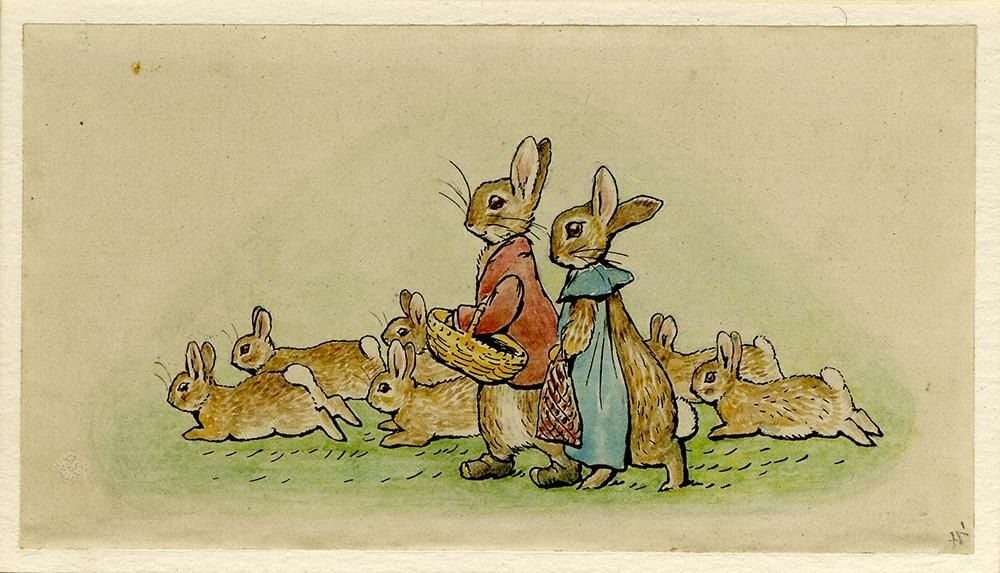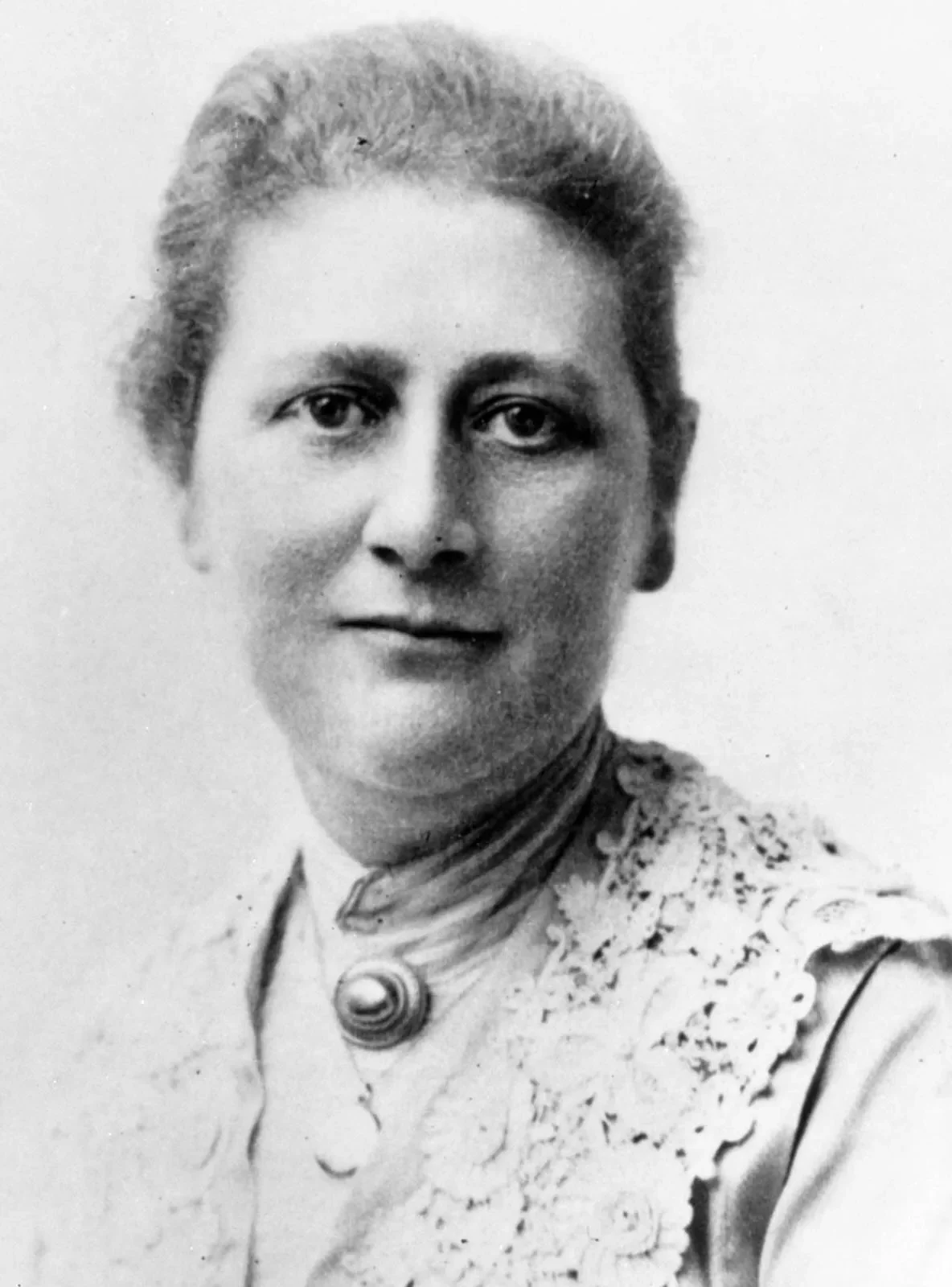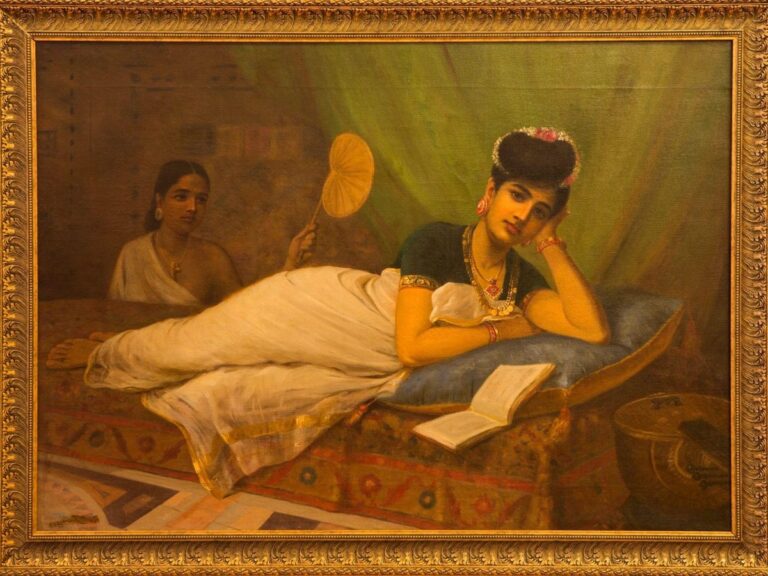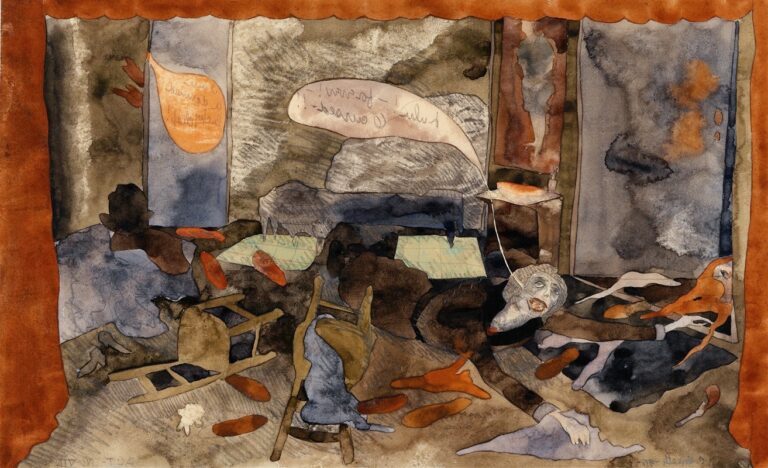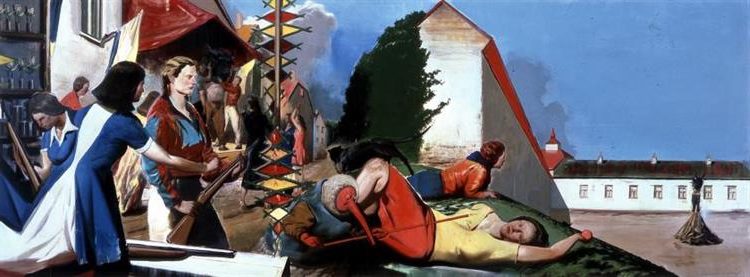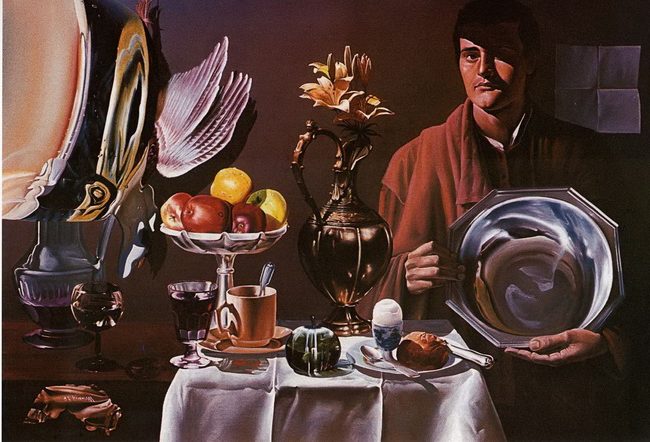Beatrix Potter Painter: Iconic Children’s Author’s Lesser-Known Artistic Talents
Born: 28 July 1866, London, United Kingdom
Death: 22 December 1943, Near Sawrey, United Kingdom
Art Movement: Art Nouveau
Nationality: British
Influenced By: Sir John Everett Millais
Teachers: Annie Moore (née Carter) and two other governesses
Beatrix Potter Painter: Iconic Children’s Author’s Lesser-Known Artistic Talents
Beatrix Potter: The Artist and Author
Beatrix Potter created beloved children’s books filled with charming animal characters and beautiful illustrations. Her artistic talent and love of nature shaped her unique stories.
Early Life and Influences
Beatrix Potter was born in London in 1866. As a child, she loved drawing animals and plants. Her family took summer trips to Scotland and the Lake District, where Beatrix explored nature.

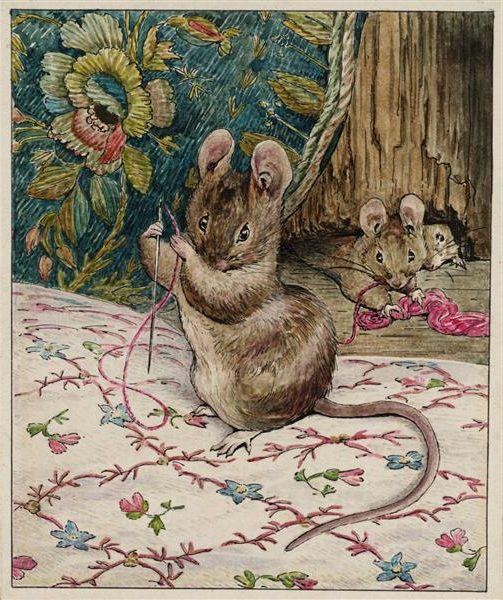
She kept many pets, including mice, rabbits, and a hedgehog. These animals inspired her artwork and stories. Beatrix studied classic fairy tales and books like Alice’s Adventures in Wonderland.
Her parents hired tutors to teach her at home. This gave Beatrix lots of time to draw and paint. She became very skilled at capturing the details of flowers, insects, and animals.
From Drawing to Publishing
Beatrix first earned money by selling her drawings for greeting cards. She also did scientific illustrations of fungi.
In 1901, she wrote a story about a naughty rabbit for a sick child. This became The Tale of Peter Rabbit. After publishers rejected it, Beatrix printed copies herself.
The book was so popular that publisher Frederick Warne & Co. agreed to print it in 1902. Peter Rabbit was a huge hit. Beatrix went on to write and illustrate many more animal tales.
Beyond Peter Rabbit: Other Works
Beatrix created over 20 children’s books. Some favorites include:
- The Tale of Squirrel Nutkin
- The Tailor of Gloucester
- The Tale of Benjamin Bunny
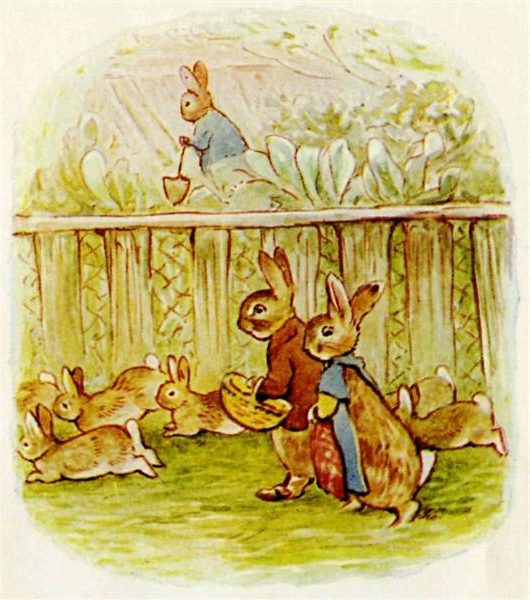

Her books featured mice, ducks, cats, and other creatures. Beatrix based many characters on her own pets. She set her stories in the English countryside she loved.
Beatrix’s detailed watercolors brought her animal characters to life. She also designed Peter Rabbit toys and games. Her books remain popular over 100 years later.
Conservationist and Naturalist
Beatrix Potter’s love for nature shaped her life’s work. She made important contributions to science and conservation, especially in England’s Lake District.
Passion for the Natural World
Potter grew up exploring nature in the countryside. She enjoyed drawing plants and animals from a young age. This hobby turned into a lifelong interest in the natural world.
Potter kept detailed records of her observations. She filled sketchbooks with drawings of flowers, insects, and animals. Her art skills helped her capture the beauty of nature.
The Lake District in northwest England became Potter’s favorite place. She visited often and fell in love with its landscapes.
Scientific Studies and Contributions
Potter took a scientific approach to studying nature. She focused on fungi and became an expert in mycology, the study of mushrooms.
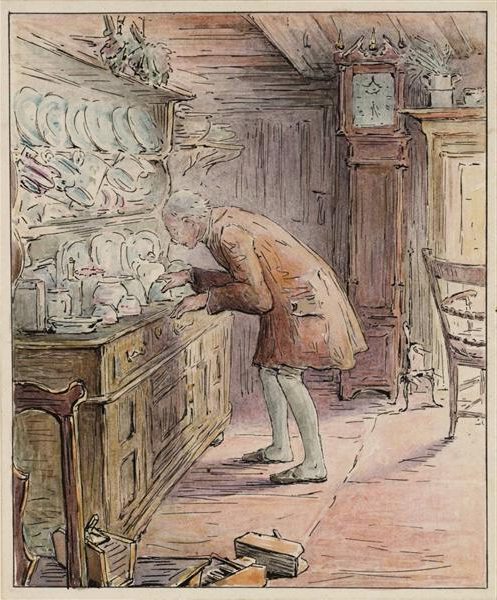
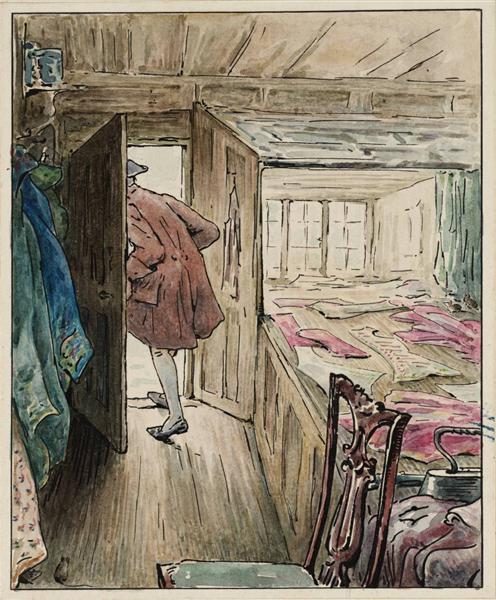
She made detailed drawings of fungi specimens. Potter discovered how lichens reproduce. She wrote a paper on this topic, but it wasn’t accepted by the scientific community at the time.
Potter’s work on fungi is now recognized as valuable. Her drawings and notes help scientists today.
Lake District and Preservation Efforts
Potter bought Hill Top Farm in the Lake District in 1905. She learned about farming and sheep breeding. Over time, she bought more land to protect it from development.
Potter worked with the National Trust to preserve the Lake District’s natural beauty. She left over 4,000 acres of land to the Trust when she died.
Her efforts helped create the Lake District National Park. Potter’s work ensures future generations can enjoy this beautiful landscape.
Legacy and Memorabilia
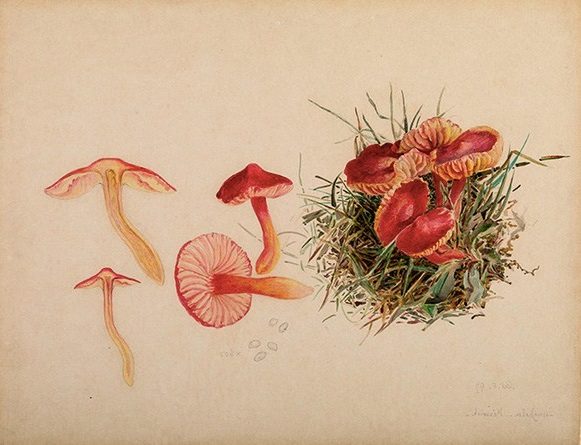
Reproductive System of Hygrocybe coccinea (1897)
Beatrix Potter left a lasting impact through her books, artwork, and conservation efforts. Her creations continue to inspire and delight people around the world.
The Beatrix Potter Collection
The Victoria and Albert Museum in London holds a large collection of Potter’s work. This includes over 2,000 items such as drawings, manuscripts, and letters. The museum displays some of these pieces for the public to see.
Hill Top Farm in the Lake District was Potter’s home. It is now open to visitors. The farm looks much like it did when Potter lived there. Fans can see the rooms and gardens that inspired her stories.
The Armitt Museum in Cumbria also has a big collection of Potter’s natural history paintings. These show her skill as an artist and her love of nature.
Impact and Ongoing Influence
Potter’s books are still very popular today. They have been translated into many languages and sold millions of copies. Her animal characters like Peter Rabbit are known around the world.
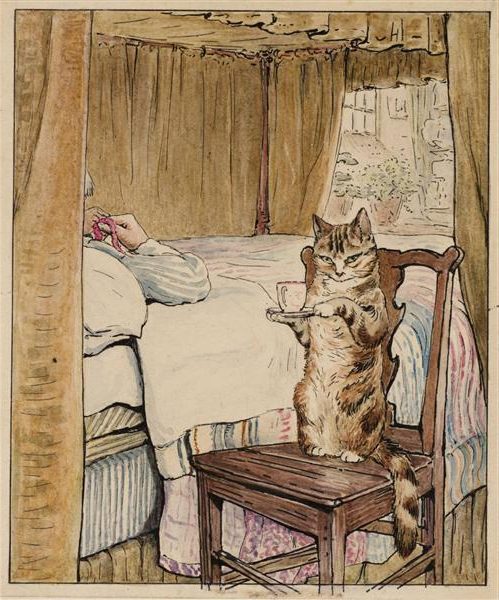

Potter’s work as a sheep breeder helped save the Herdwick sheep breed. She left many farms to the National Trust when she died. This helped protect the Lake District landscape she loved.
The Beatrix Potter Society keeps her memory alive. They hold events, publish newsletters, and support research about her life and work. Potter’s legacy lives on through her art, books, and the beautiful countryside she helped preserve.
Frequently Asked Questions
Beatrix Potter’s life and work continue to fascinate people around the world. Her illustrations, personal life, and legacy raise many interesting questions.
What are the original illustrations by Beatrix Potter?
Potter created hundreds of watercolor illustrations for her children’s books. Her most famous paintings feature beloved characters like Peter Rabbit, Jemima Puddle-Duck, and Mrs. Tiggy-Winkle. She also made detailed nature studies of plants and animals.
How did Beatrix Potter pass away?
Beatrix Potter died on December 22, 1943 at her home in the Lake District. She was 77 years old. The cause of death was pneumonia and heart disease. Potter left most of her property to the National Trust to preserve the Lake District landscape.
Did Beatrix Potter have any descendants?
Beatrix Potter did not have any children of her own. She married William Heelis in 1913 when she was 47 years old. The couple did not have any children together. Potter’s legacy lives on through her books and the land she preserved.
Why did Beatrix Potter’s engagement to Norman Warne end?
Potter’s engagement to her publisher Norman Warne ended tragically when he died of leukemia in 1905. They had become engaged only a month before his sudden death. Potter was heartbroken by the loss of her fiancé.
What region was Beatrix Potter’s home?
Beatrix Potter lived in the Lake District in northwest England for much of her adult life. She bought Hill Top Farm in Near Sawrey in 1905. Potter later purchased other farms and land in the area to preserve the local landscape and farming traditions.
What distinguishes Beatrix Potter’s artwork?
Potter’s illustrations stand out for their attention to detail and accuracy.
She carefully studied plants and animals to create realistic yet whimsical paintings.
Her art combines scientific observation with imagination and charm.
Potter’s watercolors capture the beauty of nature and bring her animal characters to life.

